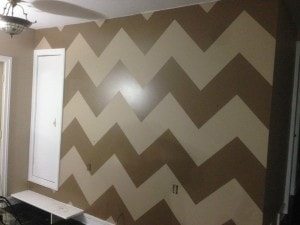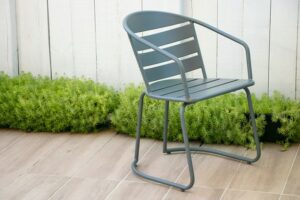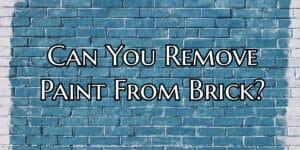Paint is essential to the look and proper care of your building or piece of industrial equipment. While most paint jobs go off with very little difficulty, even small hiccups can cause big problems. Three common painting issues – bubbling, cracking, and peeling – can be among the biggest nuisances when dealing with problematic paint. Here are some of the frequent causes of these three painting issues:
Bubbling
Bubbling paint is usually a sign of improper paint application. Painting over a wet, dirty, or hot surface creates an uneven application and can cause paint to bubble. Priming and sanding a surface before applying color helps prevent this condition. Applying an oil-based paint over a latex paint also creates bubbling, so testing your surface before painting is crucial. Put rubbing alcohol on a cotton ball and rub it onto an inconspicuous portion of your surface; if your cotton ball has paint on it, your base paint is latex. Either match your paint types or prime over the old paint before applying color.
Paint is very sensitive to weather conditions. Painting during extreme heat, humidity, or conditions that are too cold also creates a situation ideal for paint bubbling. Check the paint manufacturer’s recommendations, as well as your weather reports, before deciding to tackle a painting project.
Cracking
Cracked paint falls under three main categories: mud, hairline, and alligator. Each indicates a different problem with paint application. Mud cracking typically means paint was applied too thickly on a surface, either through multiple coats of paint or one extra-thick layer. It also can mean the surface was dirty when paint was applied. Hairline cracks generally indicate that paint was spread too thinly over the surface. Low-quality paint that lacks adhesion properties and flexibility over the surface is another cause. “Alligator” cracking, so named because of its similarity to reptile scales, can mean that paint was applied while a previous coat was still wet, or that a stiff-finish paint such as an oil-based enamel was applied to a surface that expands, like plaster.
Peeling
Peeling paint is a hallmark of an older paint job, or a paint job that needs to be redone. However, age isn’t the only reason paint can peel and flake. Paint that was added to a wet surface is a common culprit for peeling, as the surface moisture interfered with the paint’s ability to adhere. An improperly prepared surface also leads to incorrectly adhered paint and peeling. When preparing to paint, always take the time to properly prep and prime the surface.
While many common paint problems can be traced to improper application, all hope is not lost for your surface. If you’ve experienced any of these common painting nuisances and want assistance fixing them, call Armor Tough Coatings today. We can help make sure your surface is properly prepared and painted so it’s back in tip-top shape once again!










